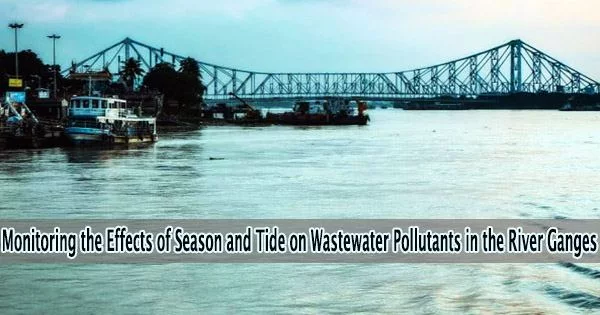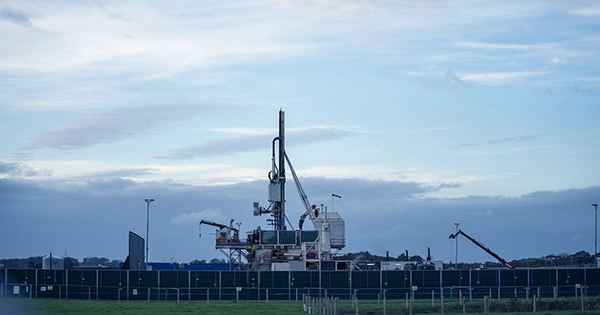A recent study of the River Ganges in West Bengal, India, shows how wastewater entering the river has an impact on the water quality and how that impact varies with the tides and the seasons. On February 15, 2022, Sayanti Kar of Kolkata, India’s Jadavpur University and Asutosh College and colleagues publish these findings in the open-access journal PLOS Water.
The Ganges is considered to be the most sacred river in Hinduism and it runs across Bangladesh and India. However, the river is highly polluted by sewage from the adjacent cities. Tides have an impact on the Ganges because it empties into the Bay of Bengal in the Indian Ocean. The river is also affected by seasonal monsoons.
Kar and associates have out a thorough water quality analysis between 2014 and 2018 to better understand how tides and seasons affect the River Ganges. They concentrated particularly on a section of the river in West Bengal, India, that runs between Khardah, a city close to Kolkata, and Howrah Station, a significant railway station nearby.
River Ganges is not only a symbol of faith and hope for millions of people but is also used for daily human usage and livestock management. A collaboration between Asutosh College, Jadavpur University, and Navajo Technical University investigated the influence of river flow, tidal dynamics, and seasons on distribution of pollutants entering the river from different discharge points (city outfalls) at selected river stretches to prepare river water usage guidelines.
Following a thorough examination, the researchers chose five major outfalls where sewage from cities enters the Ganges in 2014. For the following four years, they observed the quality of the river water at each outfall in accordance with a number of different parameters, such as measurements of dissolved oxygen and biochemical oxygen demand, concentrations of different heavy metals, and the level of fecal coliform, a sign of potential feces contamination.
The investigation, which included GIS mapping, revealed that at each of the five sites, the levels of dissolved oxygen, biochemical oxygen demand, nitrate nitrogen, and chloride were all much greater before the monsoon season than it was during the monsoon season.
Furthermore, there was a substantial correlation between the amounts of heavy metals and fecal coliform, so measuring one may be used to forecast the other. The data collected by the researchers also allowed them to statistically simulate how tides affect different aspects of water quality at the five sites.
Overall, the analysis offers fresh understanding of how seasonal and tidal variations in outfall wastewater affect the water quality in this section of the Ganges. New recommendations for the safe use of river water could be influenced by this information.
The authors add: “River Ganges is not only a symbol of faith and hope for millions of people but is also used for daily human usage and livestock management. A collaboration between Asutosh College, Jadavpur University, and Navajo Technical University investigated the influence of river flow, tidal dynamics, and seasons on distribution of pollutants entering the river from different discharge points (city outfalls) at selected river stretches to prepare river water usage guidelines.”
















